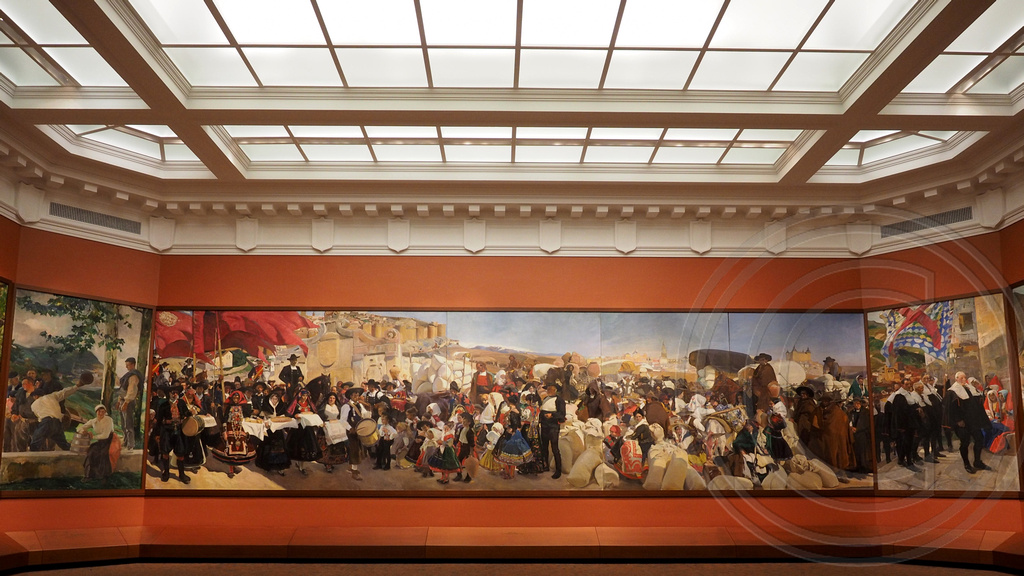When I was a child, in elementary
school, we would go on a class trip to the Museum of the American Indian just
about every year. This was not a trip to Washington DC, where the museum is
today. It wasn’t a trip to the financial district either. It was a trip to a
collection of beautiful beaux-arts buildings called Audubon Terrace. While the
museum has moved to both the financial district and Washington DC, Audubon
Terrace is still here and still beautiful.
Audubon Terrace is named after
John James Audubon because it is built on land that once was his family estate.
John James Audubon
is best known for his paintings of the birds of America, which he produced and
published in 1827. Audubon was born in Haiti, and moved to New York in 1803.
Throughout his life he move around the country and its territories. But for the
last 10 years he lived on an estate he bought along the Hudson River, north of
New York City. The 20 acre estate became known as Audubon Park as his widow
began to sell off parcels for development. In 1907 the land was bought up by Archer M.
Huntington, heir to the Southern Pacific Railroad fortune. He developed
this parcel to be the home of the Hispanic Society of America which he had
founded in 1904.
 |
| The Hispanic Society and American Numismatic Society in 1908 |
The Hispanic Society of America was the
first building to open and it is the heart and center of Audubon Terrace. The
building opened in 1908. It is dedicated to the art and literature of Spain,
Portugal, Latin America and the Philippines through the early 20th
century. It started as Archer Huntington’s collection, but it has grown. The
collection includes works by Goya and El Greco, but to me the highlight is the
Sorolla Room. This wing of the museum contains 14 paintings by Joaquín Sorolla y
Bastida entitled Visions of Spain. These massive and beautiful paintings
represent different areas and cultures in Spain.
 |
| https://c1.staticflickr.com/3/2865/12078989016_a1fd2a47a1_b.jpg |
Over the next 20 years more
buildings were added to Audubon Terrace. The American
Numismatic Society opened in 1908, The American
Geographical Society in 1911, The Church of
Our Lady of Esperanza in 1912, the Museum
of the American Indian in 1922 and finally the American
Academy of Arts and Letters and National Institute of Arts and Letters in
1923.
 |
| American Geographic Society Building - now Boricqua College |
As I mentioned earlier, The
Museum of the American Indian was a regular destination of for class trips. The
museum began as the collection of George Gustav Heye,
who started to gather Indian artifacts while working as a railroad
superintendent in Arizona. As he continued these activities he needed more and
more space, until he opened his museum at Audubon Terrace in 1922. In 1989 the
Smithsonian Institute absorbed Heye’s Museum if the American Indian, and the
Audubon Terrace building was closed on 1994 when the Smithsonian moved it to
the Hamilton Customs House in Lower Manhattan. Today the part of the museum is
still located in New York, but most of it is now in its new home on the mall in
Washington DC.
 |
| Boricqua College (left) and Museum of the American Indian buildings |
There is a collection of statues
in the plaza of terrace. These works were created by Anna Hyatt
Huntington, wife of Archer Huntington and one of New York most prominent
sculptors of the era. The centerpiece is
a depiction of El Cid, surrounded by four Castillan warriors. This statue is
the original of which there are editions in Seville, San Francisco, San Diego
and Buenos Aires. Anna Huntington also constructed the bas relief of Don
Quixote nearby.
 |
| Don Quixote |
 |
| El Cid |
 |
| Castillan Warriors |
These excellent examples of Beaux
Arts and neo-classical architecture along with the works on display at the
Hispanic Society are well worth the trip up to 156th street. When
you are there make sure to walk along Broadway and enjoy one of Mom & Pop Dominican
restaurants for a down home lunch.
Getting There – Take the #1 train
to the 157th street stop. Walk one block south along Broadway.






This building complex is an unexpected jewel nestled in a vibrant working class community in Harlem. Walking through the galleries is like walking into a totally different world. Everyone should take a ride up to see it.
ReplyDeleteI appreciate your article! I grew up right down the block, but never knew the history of the complex or visited any other than the building which used to house the American Indian Museum. What kind of condition are the buildings in?Are they maintained privately or by the city? Do they get much traffic?
ReplyDelete